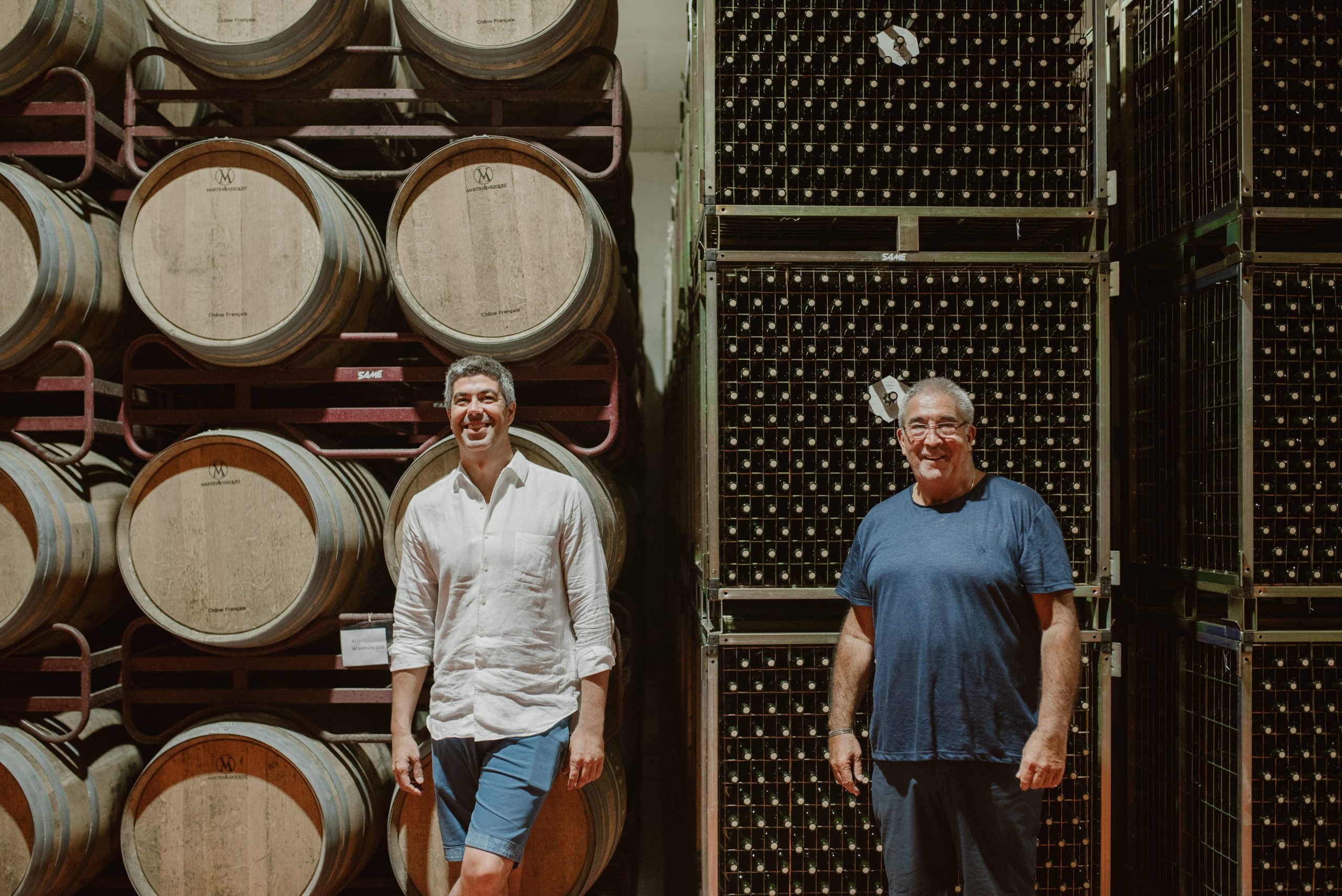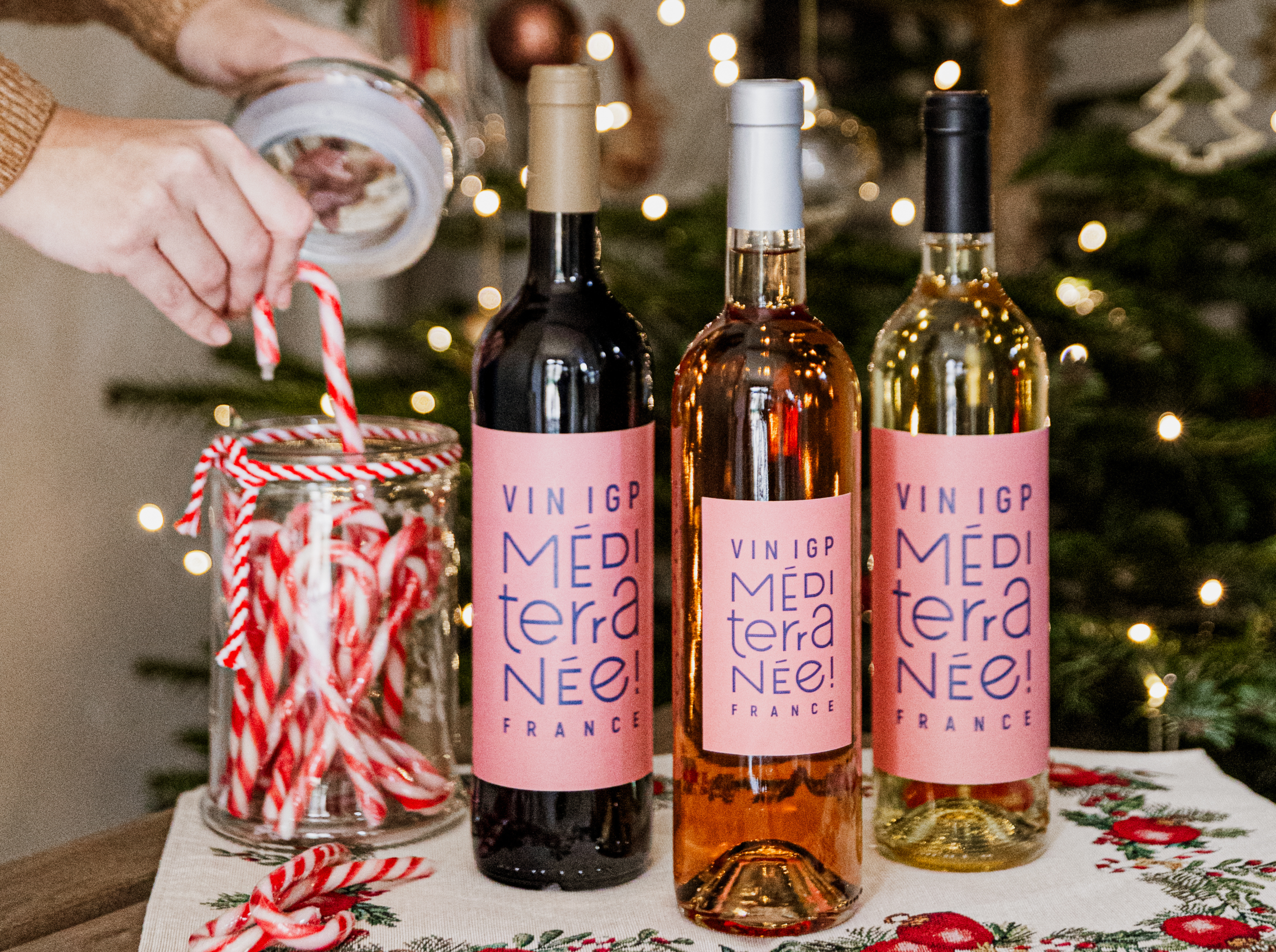Fine wine investment: are the ‘seconds’ understood?
In past articles about fine wine investment we have highlighted at some length the variety of investable instruments on offer to the discerning investor. We also know that there is visibility over general performance through a variety of indices assembled under the auspices of the Liv-ex, and we would like to point out the correlation between the headline index, the ‘100’, and the broadest measure, the ‘1000’, over the last couple of years.
Indices are, of course, a benchmark, and simple arithmetic dictates that the narrower the index, the more volatile the performance. This, as well as the recent correlation, is well illustrated in the chart below.
The broader index will neither outperform, nor underperform, at polar extremes. At Amphora Portfolio Management we believe that there is great assurance to be taken from the current activity. No individual wines, and no individual sectors, are currently emerging from the pack. Sure, from week to week there may be noteworthy movements, but it is a sign of a confident market that such movements are not sufficient to lead to a sustained break-out.
Meanwhile we have noticed something unusual in one of the sectors. You can virtually “throw a blanket” over the prices of most of the ‘second wines’. Here is Carruades de Lafite, for example, and although I apologise for the busy-ness of the chart, it captures the issue at a glance.
We acknowledge, through our algorithmic analysis of the overall market, that there is great consistency of pricing in general, by which we mean not that wines all cost the same, but that they respond to the same impulses in broadly equal measure. A first growth costs more than a second, and on-vintage more than an off, a 100 pointer more than a 95 pointer, and so on. For some reason, however, when we look at the second wines the consequences are significantly muted.
That is not to say that this has always been the case. As you can see from the performance table above going back from six months to five years, the journey they have all taken has been different. The 2002 and the 2008 may both cost £2,300 but they haven’t both arrived at that point by the same route. In addition, the fact that they both cost the same seems to take no account of the fact that the former scores 87, the latter 91, scores which roughly match the difference in overall vintage quality in Pauillac (88 and 91).
That may be one of those anomalies leading to the conclusion that you buy the 2008 and sell the 2001, but check out the prices for the 2009 and 2010, (93 and 94 Parker points respectively with vintage scores of 99 and 98). These guys are languishing at just over the £2,000 mark.
It may be pertinent at this point to remind everyone just what a “second wine” is. Most producers in Bordeaux make an additional offering to the market place to essentially utilise the grapes which failed to make the grade into the grand vin. In the past they may not have bothered, parceling off the reject grapes en masse for production by an inferior maker, but in recent times many, if not all, first through to fifth growth châteaux, make a ‘second wine’.
Partner Content
Formerly, it is said, these were treated even by the producers themselves as something almost illegitimate, despite being made with grapes from exactly the same vines, using the same production techniques and under the auspices of the same individual maker as the grand vin itself. Now, however, things have changed, because the châteaux have seen the financial validity of having these releases associated with the main offering. The grand vin has not been dragged down by the association, the second wine has been enhanced.
One question the market might ask itself, in investment terms, is where do the second wines sit, against the ‘Super Seconds’. At Amphora we believe that there is no great need to over-complicate this issue. From a regional vintage perspective they come from comparable appellations. From a scoring perspective it is true that several Super Seconds have achieved 100-point scores, an accolade yet to be visited upon a second wine, but many share a scoring range from the high 80s to the mid 90s.
Everything, in fact, can readily be assimilated by the algorithm, but the simple truth is that for comparable spreads of scores the price range is much tighter among the second wines. Taking 2001 to 2011 as a sample, the Pavillon Rouge price spread is 16%, Carruades 19%, Petit Mouton 40% and Forts Latour 35%. Compare with Lynch Bages 75%, Palmer 76%, Léoville Barton 98% and Léoville Las Cases over 100%.
The interesting thing here is that the first growths’ price differentials are much more like the Super Seconds than the second wine. For whatever reasons, maybe to do with price points (unlikely given that poorer second wines cost much more than moderate Super Seconds), or marketing, or cachet, there is an opportunity here. Either the lower-scoring second wines are much too expensive, or the better-scoring are much too cheap.
We believe that the market place is yet to fully understand the second wines, largely because it is only relatively recently that the châteaux have taken them seriously, and the better scores have started to come along. In light of this we believe it worth picking up the higher scoring on-vintages, whose quality should see them outperform in the current market conditions.
Philip Staveley is head of research at Amphora Portfolio Management. After a career in the City running emerging markets businesses for such investment banks as Merrill Lynch and Deutsche Bank he now heads up the fine wine investment research proposition with Amphora.




